
LED high bay shop lights are essential fixtures for commercial and industrial spaces, designed to illuminate large areas such as warehouses, factories, and retail environments. These lights are typically mounted at heights ranging from 10 to 40 feet, making them ideal for spaces with high ceilings. Their efficiency and longevity provide significant advantages over traditional lighting solutions.
One of the defining features of LED high bay lights is their ability to produce bright, uniform illumination while consuming less energy. This not only reduces electricity costs but also minimizes the need for frequent replacements, as LEDs have a longer lifespan compared to incandescent or fluorescent bulbs. Understanding the specifications and benefits of these lights is crucial for lighting contractors aiming to deliver optimal solutions to their clients.
When evaluating LED high bay lights, several key features should be considered. These include lumen output, color temperature, beam angle, and efficiency ratings. Lumen output determines the brightness of the light, while color temperature affects the ambiance of the space. A cooler color temperature (around 5000K) is often preferred for workspaces, as it mimics daylight and enhances visibility.
Beam angle is another critical aspect, as it influences how light is distributed across the area. A wider beam angle is suitable for larger spaces, while a narrower beam may be more effective for focused tasks. Additionally, efficiency ratings, such as lumens per watt, provide insight into the energy consumption of the fixture, allowing contractors to recommend the most cost-effective options for their clients. Furthermore, many modern LED high bay lights come with adjustable features, enabling users to fine-tune the lighting according to specific needs or tasks, thus maximizing both functionality and efficiency.
The benefits of LED high bay lights extend beyond mere energy savings. These fixtures offer superior light quality, which can enhance productivity and safety in work environments. Improved visibility can reduce the risk of accidents and errors, making it essential for contractors to advocate for high-quality lighting solutions.
Moreover, the durability of LED lights means they can withstand harsh conditions often found in industrial settings. Many LED high bay lights are designed to be resistant to dust, moisture, and temperature fluctuations, ensuring reliable performance over time. This resilience translates into lower maintenance costs and increased satisfaction for clients. In addition to their robust construction, many LED high bay lights also feature advanced thermal management systems, which help dissipate heat effectively, further extending the lifespan of the fixtures. This is particularly important in environments where high temperatures are common, as it ensures consistent performance without compromising on light output.
Another significant advantage of LED high bay lights is their versatility in design and installation. Available in various styles, including linear and round fixtures, they can be tailored to fit the aesthetic and functional needs of different spaces. Some models even come with smart technology integration, allowing for remote control and automation, which can enhance energy efficiency and user convenience. This adaptability not only meets the diverse requirements of various industries but also aligns with the growing trend towards sustainable and intelligent building solutions.
Selecting the appropriate LED high bay lights for a project requires careful consideration of various factors. Understanding the specific needs of the space, including ceiling height, layout, and intended use, is crucial for making informed decisions. Each application may require a different approach to lighting design.
The height of the ceiling plays a significant role in determining the type of LED high bay light to use. For ceilings that are 10 to 15 feet high, low bay lights may suffice. However, for heights exceeding 15 feet, high bay lights are necessary to ensure adequate illumination. Contractors should also consider the layout of the space, including any obstacles that may affect light distribution.
In open areas, a wider beam angle may be beneficial, while spaces with aisles or specific workstations may require focused lighting. Conducting a thorough assessment of the environment will enable contractors to recommend the most effective lighting solutions tailored to their clients’ needs.
Energy efficiency is a paramount concern for many businesses, and LED high bay lights excel in this area. When evaluating options, contractors should look for fixtures with high efficacy ratings, typically measured in lumens per watt. The higher the rating, the more light produced per unit of energy consumed.
Additionally, it’s essential to consider the total cost of ownership, which includes not only the initial purchase price but also long-term energy savings and maintenance costs. By presenting clients with a comprehensive analysis of energy efficiency, contractors can help them make informed decisions that align with their sustainability goals.
Proper installation is critical to maximizing the performance of LED high bay lights. Contractors should be well-versed in installation techniques and safety protocols to ensure that the fixtures are mounted securely and function optimally. Understanding the electrical requirements and mounting options is essential for a successful installation.
Before installation, it is vital to assess the electrical infrastructure of the facility. LED high bay lights often operate on different voltage levels, and ensuring compatibility with the existing electrical system is crucial. Contractors should verify that the circuit can handle the load of the new fixtures and make any necessary adjustments to prevent overloading.
Additionally, understanding the power factor of the lighting system can help contractors recommend solutions that minimize energy waste. A high power factor indicates efficient use of electricity, which can lead to lower utility bills for clients.
LED high bay lights can be mounted in various ways, including suspended, surface-mounted, or chain-hung configurations. The choice of mounting method will depend on the ceiling height, design preferences, and specific requirements of the space. Contractors should be familiar with the advantages and disadvantages of each method to provide clients with tailored recommendations.
For instance, suspended mounting allows for flexibility in positioning and can be adjusted to achieve optimal light distribution. On the other hand, surface mounting may be more suitable for lower ceilings or areas with limited headroom. Understanding these options will empower contractors to deliver effective lighting solutions that meet their clients’ needs.
As technology continues to evolve, so do the capabilities of LED high bay lighting systems. Integrating smart technology into lighting solutions can enhance efficiency and control, providing clients with advanced options that improve their overall experience.
Smart lighting controls allow users to manage their lighting systems remotely, offering convenience and customization. Features such as dimming, scheduling, and occupancy sensors can significantly enhance energy savings and user satisfaction. Contractors can educate clients on the benefits of these technologies, highlighting how they can optimize their lighting environments.
For example, occupancy sensors can automatically turn lights on or off based on the presence of individuals in a space, reducing energy waste during unoccupied periods. Similarly, dimming controls can adjust light levels based on the time of day or specific tasks, creating a more comfortable and productive environment.
Integrating LED high bay lights with existing building management systems (BMS) can further enhance efficiency. A BMS allows for centralized control of various building systems, including lighting, heating, and cooling. By connecting LED high bay lights to a BMS, contractors can help clients achieve seamless control and monitoring of their lighting environment.
This integration not only simplifies management but also provides valuable data on energy usage and performance. Clients can use this information to make informed decisions about their lighting systems, ultimately leading to improved efficiency and cost savings.
While LED high bay lights are known for their durability, regular maintenance is still essential to ensure optimal performance. Contractors should advise clients on best practices for maintaining their lighting systems, helping to extend the lifespan of the fixtures and maximize their investment.
Conducting routine inspections is a proactive approach to maintaining LED high bay lights. Regular checks can identify potential issues, such as loose connections or dust accumulation, before they escalate into more significant problems. Contractors should recommend a maintenance schedule that aligns with the specific needs of the facility.
During inspections, it is also essential to assess the condition of the fixtures and replace any damaged components promptly. This not only ensures consistent performance but also enhances safety by minimizing the risk of electrical hazards.
Cleaning LED high bay lights is another critical aspect of maintenance. Dust and debris can accumulate on the fixtures, reducing light output and efficiency. Contractors should advise clients on proper cleaning techniques and schedules to keep their lighting systems in optimal condition.
Using appropriate cleaning solutions and tools can prevent damage to the fixtures while ensuring they remain bright and effective. Regular cleaning not only enhances performance but also contributes to the overall aesthetics of the space.
LED high bay shop lights represent a significant advancement in lighting technology, offering numerous benefits for commercial and industrial applications. By understanding the features, benefits, and installation considerations of these fixtures, lighting contractors can provide clients with tailored solutions that enhance productivity and safety.
Leveraging technology, such as smart controls and building management systems, can further optimize lighting environments, leading to improved energy efficiency and user satisfaction. By prioritizing maintenance and care, contractors can help clients maximize the longevity and performance of their LED high bay lights, ensuring a worthwhile investment.
In a world where energy efficiency and sustainability are increasingly important, recommending LED high bay lights is not just a smart choice; it’s a necessary step toward creating better, brighter, and more efficient workspaces.
Ready to elevate your lighting solutions with the best LED high bay shop lights on the market? Look no further than LumenWholesale, where we provide contractors with exceptional, spec-grade lighting products at unbeatable wholesale prices. Say goodbye to local distributor markups and hello to our premium selection that meets the highest industry standards. With LumenWholesale, bulk buying is a breeze, and with free shipping, you’re guaranteed the best value without any hidden fees. Enhance your commercial and industrial projects today and experience Wholesale Lighting at the Best Value.
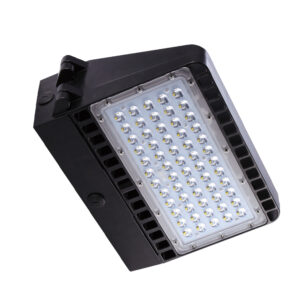
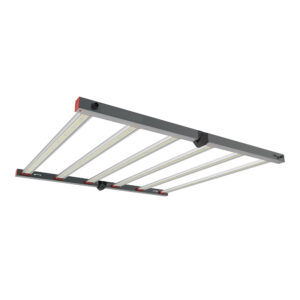
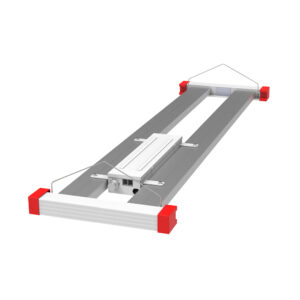
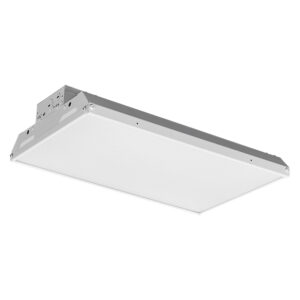
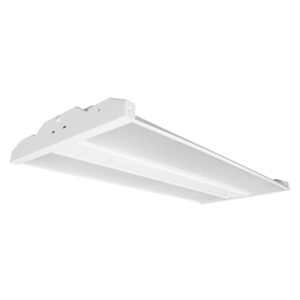
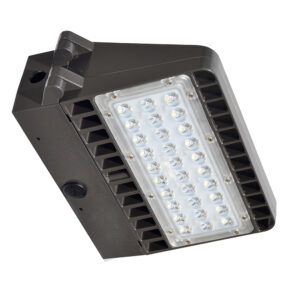
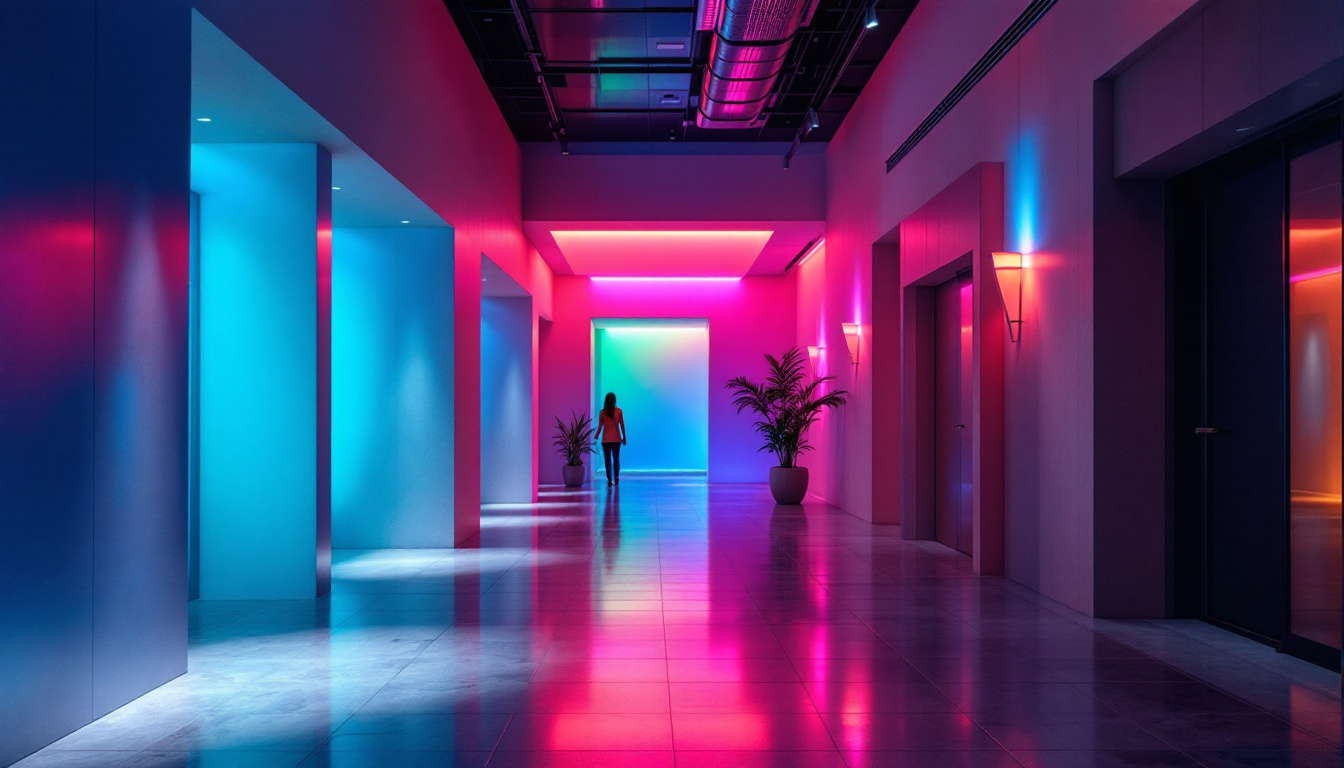
Discover the transformative power of architectural RGB lighting fixtures in modern design.
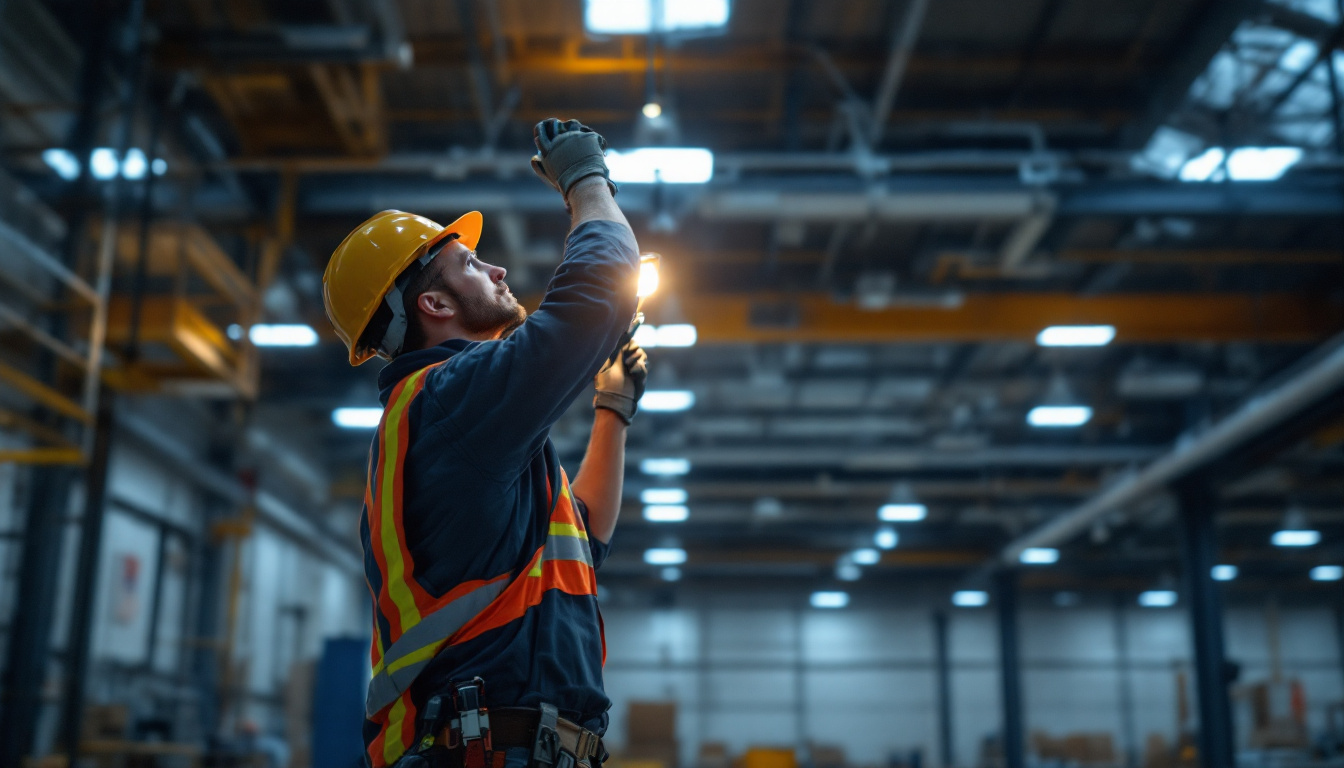
Discover how LED high bay fixtures can revolutionize your lighting projects and elevate your business.

Discover the essential insights and trends in outdoor lighting that every contractor should know.
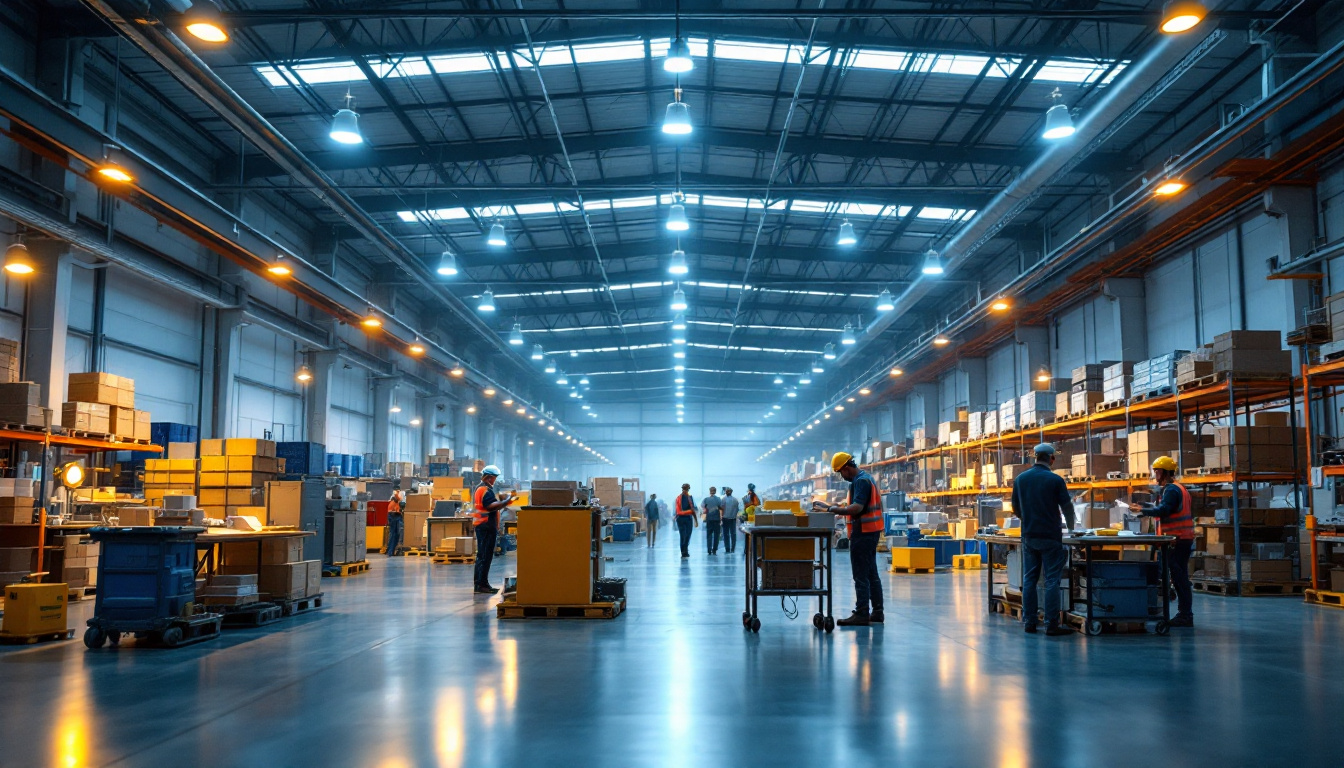
Discover how industrial warehouse LED lighting can revolutionize your lighting installation projects.
Get notified when NEW deals are released.
Optimize your budget with wholesale discounts.
Only top-quality, specification-grade lighting products.
No additional costs at checkout - what you see is what you pay.
We understand the unique needs of contractors.